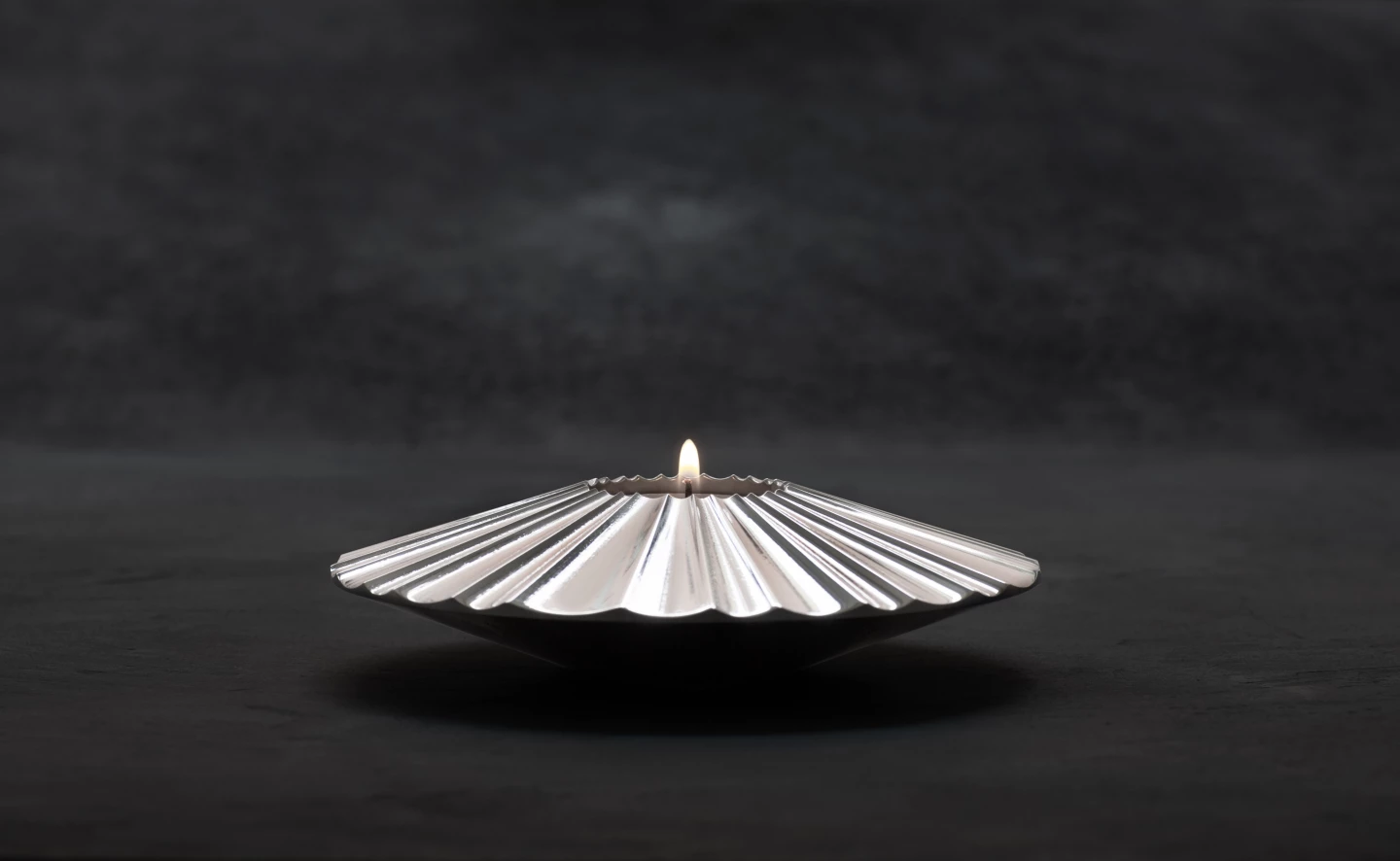A milestone in decarbonization today as Sweden's SSAB made the world's very first "fossil-free" steel delivery, created with green hydrogen instead of coal and coke, to a customer, Volvo, where it will be used in electric trucks.
SSAB's HYBRIT process uses hydrogen as the reductant as iron ore and limestone are combined to create steel, replacing "coke," or baked coal. The traditional coal-fired blast furnace is also replaced with an electric arc furnace.
The company makes sure the hydrogen electrolyzers, as well as its own arc furnaces, are run on "fossil free" renewable energy as well. What's more, all of the iron ore used in the process will come from "fossil free" mining operations.
What's this "fossil free" business? Well, SSAB is wary of the term "green," since there's no official definition or standards with which to hold anyone accountable. So it imposes its own: "created without using fossil-fuels or fossil raw materials. Fossil-free steel is made without creating CO2 emissions and by using fossil-free energy sources."
The resulting metal is of exactly the same quality as regular steel, but of course significantly more pricey. What effect will that have on the price of, say, a Volvo? Well, a base-model Volvo XC90 T5 SUV retails for a bit under US$50,000 in the USA. And a Bank of America Global Research Report quoted by Yahoo Finance indicates that raw material prices have fluctuated wildly in the last year or so, with the raw material cost of an average American car fluctuating between US$2,200 and US$4,125, with around 39% of that cost, or US$858 - $1609 being steel.
So effectively, the price of steel has doubled in recent times anyway, and it's still not a huge line item on the bill. SSAB hasn't revealed the terms of its deal with Volvo, but this clean steel business is at a very embryonic stage, so presumably the green premium on this particular venture is pretty huge.

Either way, Volvo has committed to having an entirely climate-neutral business by 2050, including its supply chain. SSAB, which sells more than 7 billion dollars' worth of steel a year, has committed to start manufacturing this "fossil free" steel at scale in 2026, and is aiming to have its entire business "fossil free" by 2045.
Sweden is poised to lead the way on green steel, with the world's largest green steel facility set to start production in 2024 – and every such effort will be vital; traditional steelmaking produces more than 1.8 billion tons of steel a year and rising, and releases two tons of CO2 for every ton of steel, accounting for between 7-8 percent of the world's total anthropogenic carbon emissions into the atmosphere.
This is viewed as a "hard-to-abate" industry sector, but today's news proves it's absolutely possible and the technology will not be the problem.
Source: SSAB






